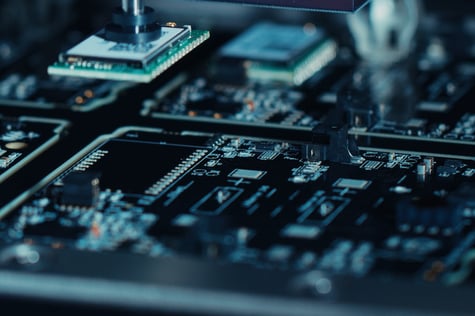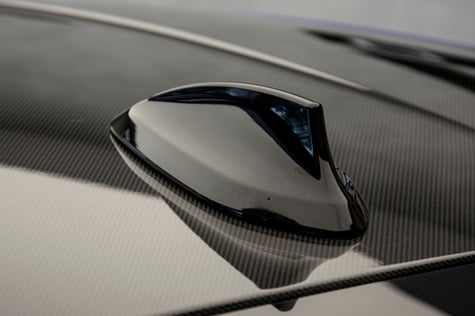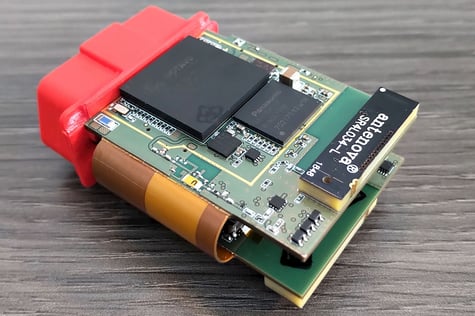The automotive industry is one that faces constant and rapid innovation. Electric vehicles, autonomous driving and connected infrastructure all present exciting opportunities for road travel moving into the future.
That said, the wide range of wireless capabilities in modern vehicles has created a significant level of complexity. Wi-Fi, Bluetooth, cellular and other technologies are all housed in one design, leading to the inevitable risk of interference.
In this article, we dive into the risks of complexity in automotive designs, the impact it can have on wireless performance and the shift towards simplicity with antenna integration.
The rise of design complexity
Automotive design has changed dramatically when looking back to the mid-to-late twentieth century. External electronic elements would usually be limited to a radio or CD player, with additional features being in the form of external third-party devices such as Sat Nav for GNSS capabilities. The mechanical function of automotive designs far outweighed the electronic features they came with.
Now, automotive designs come with a long list of capabilities that are reminiscent of advanced computers. Wireless communications (GNSS, Bluetooth, Cellular), autonomous applications, driving/control assist services, external sensors and more. Each of these features has gradually become an industry standard, especially with the growth of the electric vehicle (EV).
The range of applications and capabilities of automotive designs has become the driving force behind automotive design, leading to a dramatic increase in complexity. So much so that almost 90% of modern innovation budgets in automotive design are committed to electronic systems.
Challenges of complexity on wireless performance
Vehicles are now expected to integrate with V2X (Vehicle-to-everything), ITS (intelligent transport system) and a range of other wireless technologies. The modern idea of the ‘connected car’ has become an industry standard due to the safety and optimization capabilities it brings. However, this puts a strain on the individual connectivity of each wireless feature.
High data rates are required for the wireless capabilities of modern automotive designs. Because of this, higher frequency bands and millimetre wave bands (mmWave) are often used. But due to the quantity of devices using these bands, there is a high level of interference and congestion.
The dynamics of vehicular communication completely shift towards unpredictability and low-reliability as a result of high packet error and a large amount of interference, resulting in regular disruptions in communications. Because of this, integration, antenna placement and performance are vital in managing interference.
The shift towards simplicity
There has recently been a shift towards simplicity in the automotive industry. Honda announced their ‘Simplicity and Something’ design philosophy, and BMW has showcased their ‘Charismatic Simplicity’ styling with their new MINI models. This is in light of the seemingly exponential growth of complex systems and designs.
The need for simplicity in automotive designs has translated into their wireless capabilities. To avoid the growing presence of interference and limited performance, designers are placing a greater focus on simplifying wireless design, which can be achieved via antenna integration.
Simplicity with antenna integration
A vital component of antenna performance is down to their integration within an automotive design. Factors such as placement, electromagnetic compatibility and manufacturing repeatability need to be taken into consideration, or otherwise add unnecessary complexity and interference. This process can be simplified with antenna solutions that are both easy to integrate and are available in a range of types and form factors to suit different designs.
At Antenova, our antenna solutions are designed with integration in mind. We provide a wide range of antenna types and form factors for each technology, without compromising on performance. To ensure optimal integration, we provide full services and guidance to simplify your design cycle and guarantee the reliability of wireless communications.
To find out more about our products and how they can help simplify the design cycle of your automotive design, contact a member of our team today.




